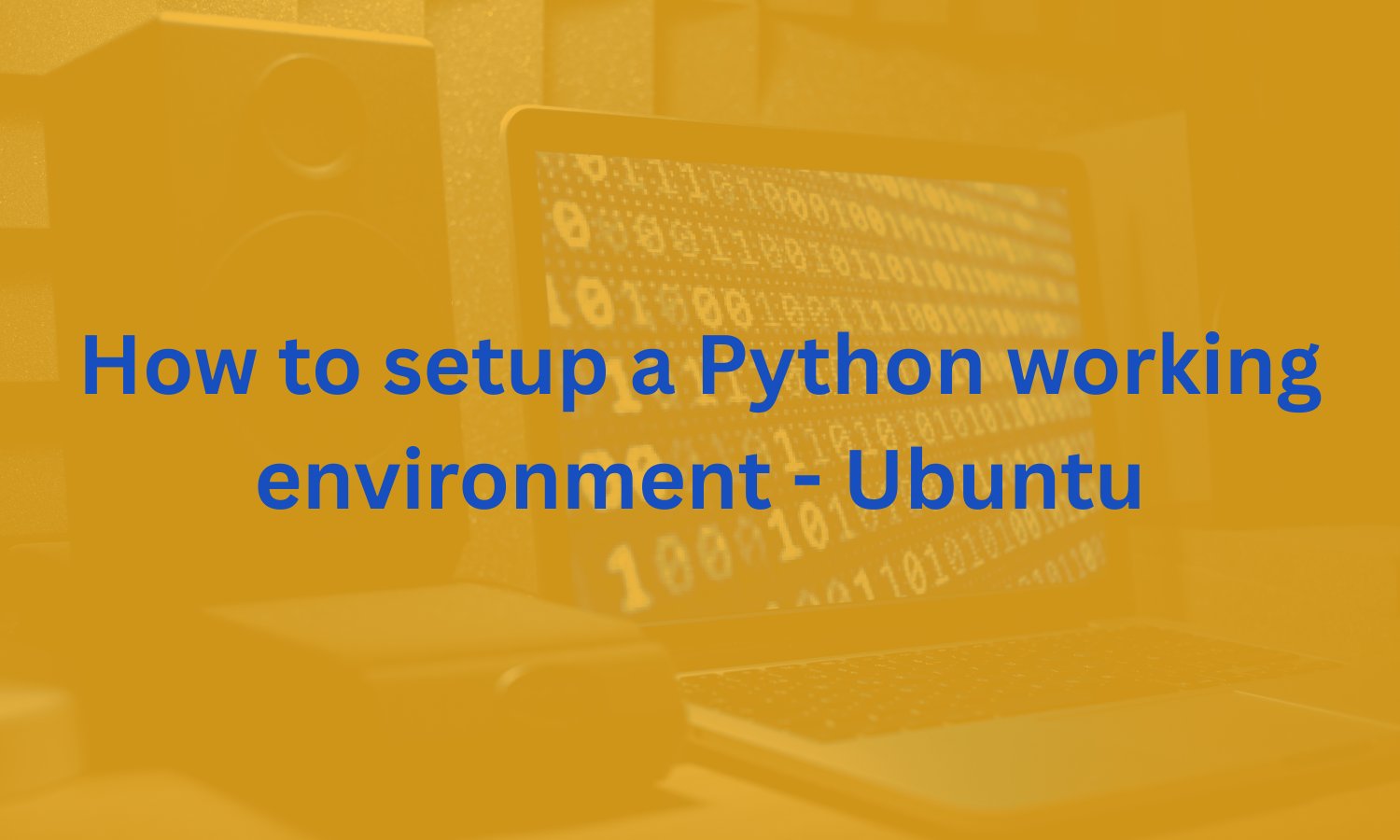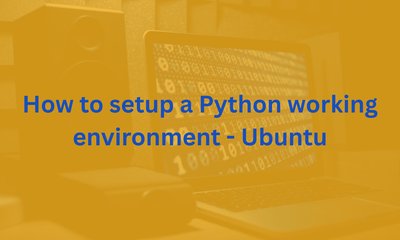By JoeVu, at: 22:35 Ngày 02 tháng 5 năm 2023
Thời gian đọc ước tính: __READING_TIME__ phút


By JoeVu, at: 22:35 Ngày 02 tháng 5 năm 2023
Thời gian đọc ước tính: __READING_TIME__ phút


Tháng 10 24, 2024
Đọc thêm